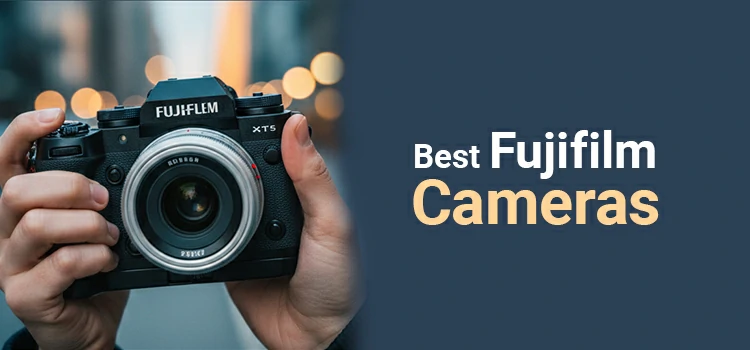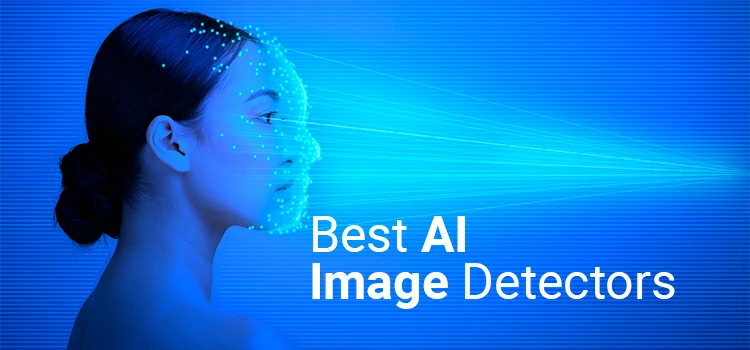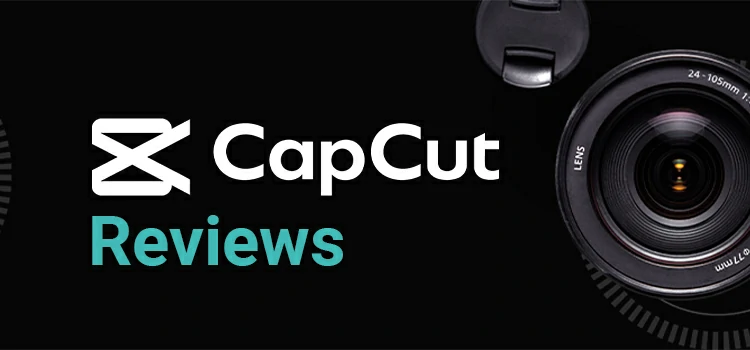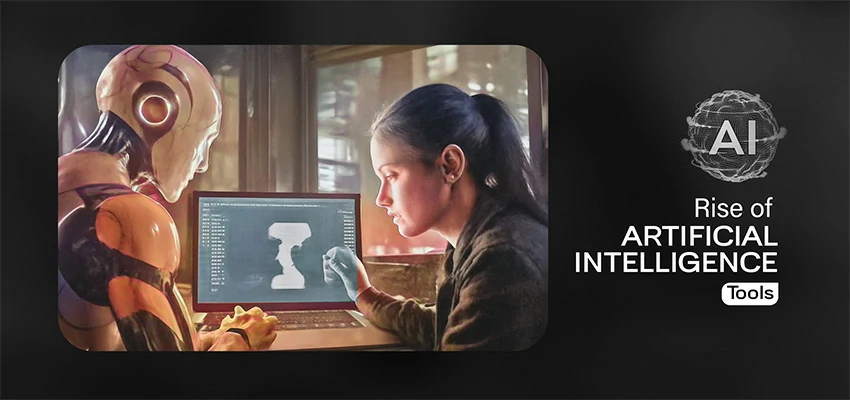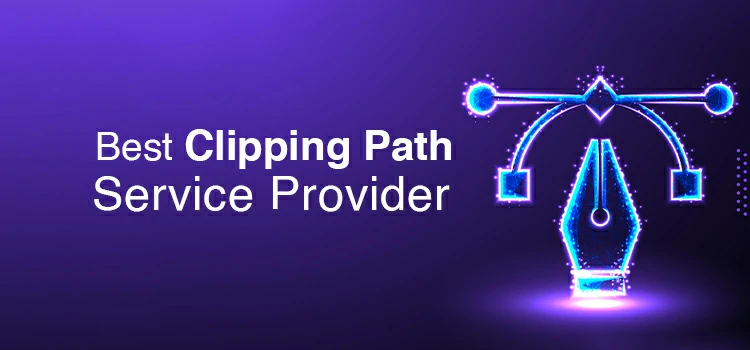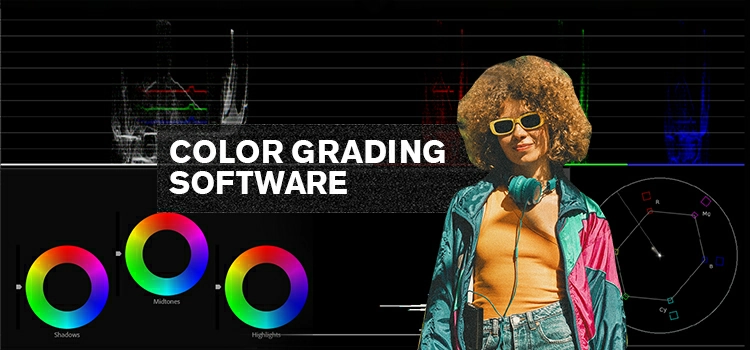Free Fake Image Detector: Decode The Truth in Pixels

In our digital world, we see many pictures every day on the internet. Making sure these pictures are real is very important. Why? Because some people change these pictures using online tools. This changing of pictures is called “manipulation.”
Another big problem is “deepfakes.” These are very changed pictures or videos that look very real. Because of these, it’s hard to know what’s true and what’s not. So, we must be careful and check if pictures are real or fake.
Thus fake image detector comes to mind to help us figure out if a picture is real or changed.
The Need for Fake Image Detector
Today, pictures play a big role in what we think and feel about the world. But what if these pictures are fake? Fake images can easily trick people and change what they believe. This can be a big problem, especially when these images spread false stories or ideas.
It can even change public opinion or make people believe things that aren’t true. This is where the “fake image detector” comes in. Before we share a picture or use it somewhere, we need to be sure it’s real.
By checking images with a detector, we can stop the spread of false information. In simple words, we need these tools to keep the internet honest and trust what we see.
Criteria for Evaluating Detectors
When choosing a fake photo detector, it’s important to know what to look for. Here are some simple points to help:
Accuracy and Reliability: The detector should be good at spotting fake images most of the time. It should give correct results and not make many mistakes.
Ease of Use: It should be easy for anyone to use, even if they’re not tech experts. The steps should be clear, and it shouldn’t be confusing.
Speed of Analysis: Checking an image should be fast. We don’t want to wait too long to know if a picture is real or fake.
Cost (if applicable): Some detectors might ask for money. So, it’s good to know how much they cost and if they are worth the price.
Top Free Fake Image Detectors Online
Thankfully, various tools are specifically designed to help us distinguish real images from manipulated ones. Let’s dive into some of the leading fake picture detectors available online that are gaining popularity and trust among users.
1. Forensically

Forensically is a robust online tool designed to analyze digital images for potential tampering or alterations. Its primary objective is to aid in the identification of manipulated images. Forensically offers a user-friendly interface. While beginners might need a bit of time to familiarize themselves with its functionalities, the tool provides helpful pointers and guides.
Key Features:
- Noise Analysis: One of Forensically’s standout features, it allows users to detect areas in a photo that might have different noise patterns, suggesting potential manipulation.
- Clone Detection: This helps in spotting repetitive patterns, indicating that a part of the image might have been copied and pasted elsewhere.
- Level Sweep: By highlighting details that aren’t immediately visible, this feature can unearth hidden artifacts or inconsistencies.
- Error Level Analysis (ELA): ELA can identify parts of an image that have different compression levels, often pointing to areas that might have been edited.
- Metadata Extraction: Extracts details about the image, such as the device it was taken on, settings used, and more. Sometimes, manipulated images can have missing or inconsistent metadata.
Pros:
- Comprehensive suite of analysis tools.
- Free to use.
- No need for downloads or installations; it works directly in the browser.
Cons:
- Might be slightly overwhelming for complete beginners.
- Requires a good understanding of each feature to interpret results accurately.
2. FotoForensics

FotoForensics offers a free online platform that helps users detect potential manipulations in images. They designed this tool with simplicity in mind. Its straightforward interface allows users to upload and analyze images quickly.
Key Features:
- Error Level Analysis (ELA): ELA is FotoForensics’ flagship feature. It highlights inconsistencies in the JPEG compression rate of images, which can often point out manipulated areas.
- Metadata Analysis: Like many digital forensic tools, FotoForensics extracts the metadata of an uploaded image, offering insights into the photo’s origin, the device used, and other crucial details.
- Tutorials and Guides: It provides valuable educational resources, helping users understand and interpret the results they see.
Pros:
- User-friendly and accessible to beginners.
- Provides educational resources to assist in understanding results.
- No need for downloads; direct browser-based analysis.
- Free to use.
Cons:
- Mainly relies on ELA, which, while useful, is just one of many forensic methods.
- Advanced users might seek more comprehensive features.
3. Izitru

Izitru (pronounced “Is it true?”) is an online service designed to validate the authenticity of photos by examining their digital signatures. Users can quickly upload images and receive results without navigating through complicated processes. It has been a valuable tool for journalists, researchers, and individuals who prioritize image integrity.
Key Features:
- Authentication Tests: Izitru conducts several automated forensic tests to verify that an image hasn’t been modified since its capture.
- Metadata Examination: The tool scrutinizes the image’s metadata to ensure it aligns with the characteristics of a direct-from-camera file.
- Secure Hosting: Once an image is verified, Izitru provides a hosted link to the authenticated image, ensuring that viewers access the original, unaltered version.
- Trust Rating: After the tests, Izitru assigns a trust rating to the image, giving users an immediate sense of its authenticity.
Pros:
- Efficient and rapid analysis.
- Provides a clear trust rating for easy understanding.
- Secure hosting maintains the integrity of authenticated images.
- Suitable for non-experts due to its straightforward feedback.
Cons:
- It mostly focuses on verifying if someone has edited an image post-capture, but it might not detect scene manipulations at the time of capture.
- Trust in the automated system requires understanding the limitations of the tool.
4. JPEGsnoop

JPEGsnoop is a free Windows-based application that dives deep into the intricate details of JPEG images. It not only uncovers potential alterations but also extracts a wealth of information about the image’s creation.
Key Features:
- Detailed Analysis: JPEGsnoop breaks down the structure of a JPEG file, providing insights into compression techniques, quantization tables, and Huffman coding.
- Camera and Software Signatures: It can identify specific camera models or software based on the unique characteristics of how they process images.
- Error Level Analysis (ELA): A tool to highlight inconsistencies within the image, indicating areas that might have been modified.
- Tampering Detection: By examining the underlying details of the image, JPEGsnoop can often pinpoint areas of potential tampering.
Pros:
- In-depth analysis provides a detailed picture of the image’s origin and potential modifications.
- Ability to detect specific camera and software signatures.
- Free to use.
Cons:
- Primarily for Windows, lacking native support for other platforms.
- Can be complex for beginners or those unfamiliar with the technical aspects of JPEG images.
5. Image Edited?

“Image Edited?” is an online fake image detector dedicated to identifying potential edits or modifications within digital photos. With the rise of image manipulation, tools like this provide a necessary layer of verification for individuals and professionals who seek to confirm an image’s authenticity.
Key Features:
- Modification Detection: The primary function of “Image Edited?” is to discern any alterations, whether they be subtle retouches or more significant changes.
- Metadata Review: The tool examines the image’s metadata, which can often reveal clues about editing software used or changes made post-capture.
- Visual Anomalies Highlighting: By pinpointing inconsistencies in lighting, shadows, or pixel patterns, the tool can suggest areas that might have undergone editing.
Pros:
- Simple, intuitive interface suitable for beginners.
- Quick analysis for on-the-go verifications.
- Provides a combination of technical and visual cues for users.
Cons:
- As with any automated tool, there’s a risk of false positives or overlooking subtle edits.
- Might not offer the same depth of analysis as more specialized or professional-grade tools.
6. Image Search – PictPicks (App)

PictPicks is an image search application designed for Android devices. It integrates with various search engines, allowing users to search for images seamlessly. You can use it not only to find visually similar images but also to potentially determine the origin of an image or uncover instances of manipulation.
Key Features:
- Search Integration: PictPicks allows users to search using popular image search engines, making it a versatile tool for finding related or source images.
- User-friendly Interface: The app offers an intuitive layout, making it easy even for first-time users to navigate and perform searches.
- Image Download and Sharing: Users can download images directly from the app or share them across various platforms.
- Bookmark and History: This feature lets users save specific searches or images for future reference.
Pros:
- Efficient and quick image search capabilities.
- Supports multiple search engines for comprehensive results.
- Allows easy downloading and sharing of images.
- Free to use with in-app ads (ads can be removed with an in-app purchase).
Cons:
- While it can aid in finding similar images, it doesn’t have specialized features for detecting image manipulation.
- The app contains ads, which might be intrusive for some users.
How These Detectors Work (A Brief Insight)
Have you ever wondered how a fake image detector figures out if a picture is real or not? Let’s break it down in simple terms:
Algorithm-based Detection: Detectors use special rules or steps, called algorithms. These algorithms look at the image and decide if something seems off or changed.
Neural Networks and Deep Learning: Some detectors work like our brain! They use “neural networks” which can learn and get better over time. “Deep learning” is a part of this. It lets the detector learn from many images, so it gets really good at spotting fakes.
Pixel Analysis: Every image is made of tiny dots called pixels. Detectors look very closely at these pixels to see if someone has changed or moved them around.
Final Thoughts
In an era where people manipulate digital images with increasing sophistication, we cannot overstate the significance of reliable fake image detectors. These tools play a pivotal role in preserving the integrity of the digital landscape.
As technology advances, it’s imperative to continually refine and update these tools, matching pace with the evolving tactics of image manipulators. Ultimately, in the battle between truth and deception in the visual domain, these tools stand as our crucial line of defense.


